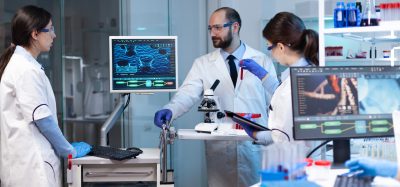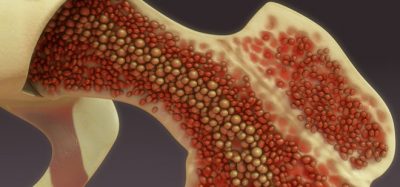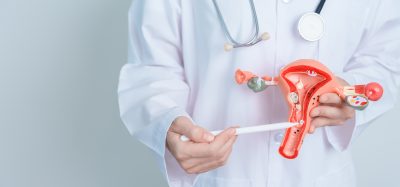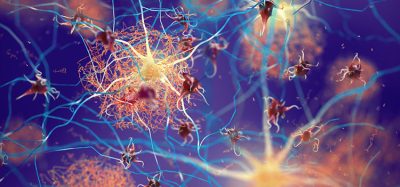Novel way to model conditions that impact the lymph system developed
Posted: 11 March 2022 | Ria Kakkad (Drug Target Review) | No comments yet
Researchers at Texas A&M University have applied organ-on-chip models to the lymph system to create the first lymphangion-chip.
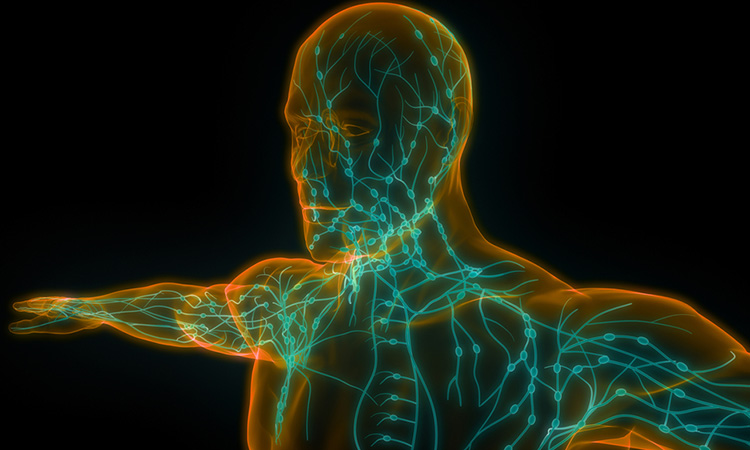

Researchers at Texas A&M University, US have taken organ-on-chip models and applied them to the lymph system, creating the first lymphangion-chip. Currently, there is little research focused on understanding mechanisms and drug discovery of lymphatic vascular diseases. However the study, which was recently published in Lab on a Chip, allows for better understanding of the mechanical forces that regulate lymphatic physiology and pathophysiology, what mechanisms result in lymphedema and potential new drug targets.
“The most exciting part of this research is that it is allowing us to now push the organ-on-chip in directions where finding cures for rare and orphan diseases is possible with less effort and money,” said Dr Abhishek Jain, Assistant Professor in the Department of Biomedical Engineering at Texas A&M University.
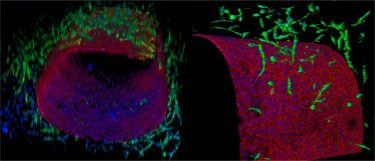

A digital view of a multicellular lymphangion-chip consisting of living co-cultures of lymphatic endothelial and muscle cells in 3D under flow.
[Credit: Dr. Abhishek Jain/Texas A&M Engineering].
To create the new lymphangion-chip device, the researchers developed a technique to create microfluidic cylindrical blood or lymphatic vessels consisting of endothelial cells, which line blood vessels. They could then use this technique to create a co-cultured multicellular lymphangion, the functional unit of a lymph vessel and successfully recreate a typical section of a lymphatic transport vessel in vitro.
The project is in collaboration with Dr David Zawieja from the Texas A&M College of Medicine. “Collaborations with Dr Zawieja and others in the department played a crucial role,” Jain said. “They introduced me to this topic and provide their longstanding expertise that has made it possible for us to create this new organ-on-chip platform and now advance it in these exciting directions using contemporary experimental models… We can help the pharma industry to invest in this platform and find a cure for lymphedema that impacts millions of people.”
Related topics
Cell Cultures, Disease Research, Drug Leads, In Vitro, Organ-on-a-Chip
Related conditions
lymphatic vascular diseases
Related organisations
Texas A&M College of Medicine
Related people
Dr Abhishek Jain, Dr David Zawieja




